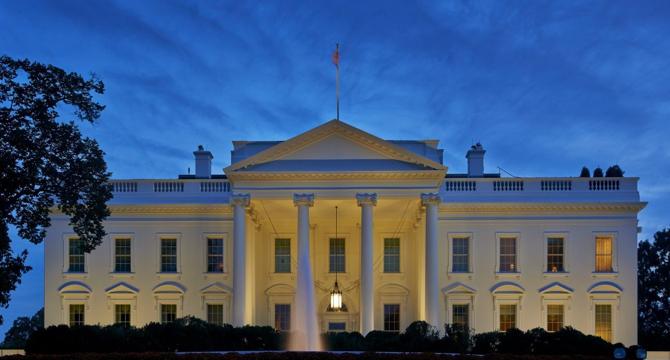Arstechnica
3w
66

Image Credit: Arstechnica
Cybersecurity takes a big hit in new Trump executive order
- Cybersecurity practitioners are concerned about a new executive order from the White House.
- The order weakens cybersecurity requirements for government software and network security.
- The executive order, issued on June 6, reverses key cybersecurity orders put in place by President Joe Biden.
- Donald Trump's executive order criticized Biden's directives on cybersecurity as introducing distracting issues.
- Trump's order is described as pro-business and anti-regulation.
- Trump's order relaxed or eliminated requirements for quantum-safe encryption, Secure Software Development Framework, phishing-resistant regimens, securing Internet routing, and digital identity forms.
- Some of the dropped requirements included mandating federal agencies and contractors to adopt quantum-safe encryption products as they become available.
- A stringent Secure Software Development Framework (SSDF) for federal software and services was one of the relaxed orders.
- The order also eased the adoption of phishing-resistant regimens like the WebAuthn standard.
- Implementation of new tools for securing Internet routing through the Border Gateway Protocol was another requirement relaxation.
- The order encouraged the use of digital forms of identity.
- Cybersecurity experts are worried about the implications of the executive order on national security.
- The order undermines efforts to strengthen cybersecurity controls amidst evolving threats.
- The decision to reverse these cybersecurity mandates has raised questions about the government's commitment to cybersecurity.
- Overall, the new executive order is causing significant debate within the cybersecurity community.
- It remains to be seen how this shift in cybersecurity policy will impact government agencies and national cybersecurity measures.
Read Full Article
3 Likes
For uninterrupted reading, download the app